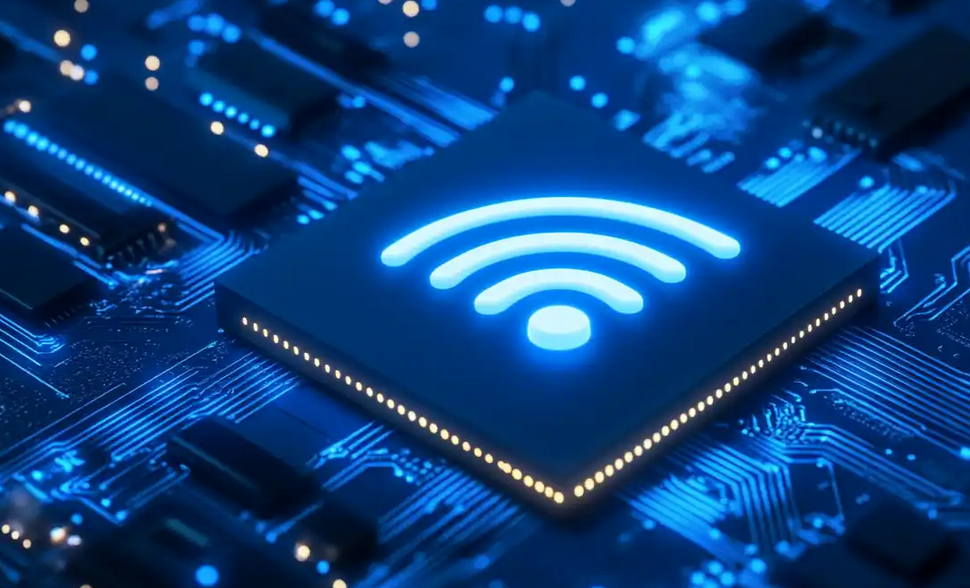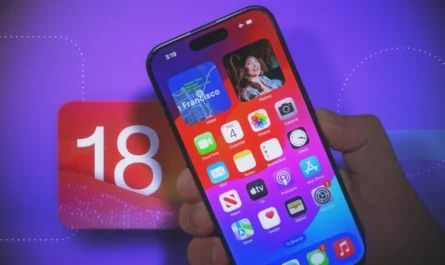Apple is taking another bold step toward hardware independence with its upcoming iPhone lineup. According to renowned analyst Ming-Chi Kuo, the iPhone 17, expected to launch next year, will feature Apple’s proprietary Wi-Fi and Bluetooth chips, marking a significant shift away from reliance on external vendors like Broadcom.
Additionally, Apple’s next iPhone SE, slated for spring 2025, will reportedly use Apple’s own 5G modem, replacing Qualcomm’s modem. These strategic moves highlight Apple’s ongoing efforts to enhance ecosystem integration, improve performance, and reduce production costs by designing critical connectivity components in-house.
Moving Away from Broadcom: Apple’s Plan for Independence
Currently, Apple relies heavily on Broadcom for connectivity components, sourcing over 300 million chips annually. By creating its own Wi-Fi and Bluetooth chips, Apple aims to reduce dependency on external suppliers and gain more control over its hardware ecosystem.
While the exact impact on wireless performance remains uncertain, Kuo believes the move could allow Apple to optimize device integration, offering better synergy across iPhones, iPads, Macs, and other devices. This is part of a broader trend where Apple increasingly designs core components internally, including its A-series and M-series processors, which have consistently outperformed competitors in efficiency and speed.
Apple initially planned to debut its own connectivity chips with the iPhone 15, but the company ultimately did not meet that goal. The iPhone 17 may finally fulfill this vision, bringing proprietary connectivity to all Apple users.
Apple’s Wi-Fi Chip Built by TSMC Using N7 Process
According to Kuo, Apple’s upcoming Wi-Fi chip will be manufactured by TSMC using the N7 process, supporting the next-generation Wi-Fi 7 standard. This new standard will deliver higher bandwidth and data transmission rates of up to 40 Gbps, providing users with faster and more reliable wireless connections.
The adoption of Wi-Fi 7 in Apple’s proprietary chips could benefit a variety of applications, including streaming high-resolution video, augmented reality (AR), virtual reality (VR), and cloud-based services. With Wi-Fi 7, Apple devices will be better equipped to handle dense network environments, improving performance in homes, offices, and public spaces.
Kuo also predicts that Apple will gradually switch all its devices to proprietary Wi-Fi chips over the next three years, further consolidating its control over connectivity performance across its ecosystem. This long-term strategy mirrors Apple’s approach with its custom silicon, which has become a hallmark of its hardware design.
iPhone SE 4 to Feature Apple’s Own 5G Modem
In addition to proprietary Wi-Fi chips in the iPhone 17, Kuo reports that Apple plans to use its 5G modem in the upcoming iPhone SE 4, expected in spring 2025. This move would replace Qualcomm’s modem, giving Apple even greater control over its cellular connectivity technology.
However, due to different manufacturing processes for Wi-Fi and 5G chips, the iPhone SE 4 will reportedly continue using Broadcom’s Wi-Fi components for the time being. While this means the SE will not yet fully transition to in-house connectivity chips, it marks a critical first step toward Apple’s goal of hardware independence.
By designing its own 5G modem, Apple can optimize integration with iOS, potentially improving battery life, network efficiency, and data security. It also positions Apple to respond faster to market demands and implement new wireless standards without relying on Qualcomm’s release schedule.
Why Apple Prefers Proprietary Components
Apple has a long history of developing its own core components, from processors to GPUs to connectivity chips. This approach provides several advantages:
-
Ecosystem Integration: Apple can tailor chips to work seamlessly across iPhones, iPads, Macs, and accessories, creating a unified user experience.
-
Performance Optimization: Custom chips allow Apple to balance speed, efficiency, and battery life, outperforming generic off-the-shelf components.
-
Cost Control: Manufacturing in-house reduces dependence on external suppliers and lowers long-term production costs.
-
Strategic Independence: By producing key components internally, Apple can protect itself from supply chain disruptions and market volatility.
Apple’s success with the A-series and M-series chips demonstrates the value of proprietary design. Custom silicon has consistently enabled Apple to outperform competitors while maintaining control over performance, power efficiency, and integration with software. The move to proprietary Wi-Fi and 5G chips is a natural extension of this strategy.
Challenges Ahead
While Apple’s transition to in-house Wi-Fi and 5G chips is promising, it is not without challenges. Developing cutting-edge wireless technology requires complex design, testing, and manufacturing processes. Apple must ensure that these new chips meet the high standards customers expect in terms of speed, reliability, and security.
Additionally, shifting away from Broadcom and Qualcomm means Apple will need to manage supply chain logistics carefully. Any delays in chip production could impact iPhone release schedules, a concern especially given the high stakes for flagship devices like the iPhone 17.
Despite these challenges, Apple’s track record of successful custom silicon development suggests it is well-positioned to execute this transition smoothly.
What This Means for Consumers
For users, Apple’s move to proprietary Wi-Fi and 5G chips could deliver:
-
Faster wireless speeds with Wi-Fi 7 support
-
Improved battery efficiency thanks to optimized chip performance
-
Better device interoperability across the Apple ecosystem
-
Potentially enhanced security, with Apple having more control over hardware-level encryption and network protocols
This step also signals that Apple is continuing to innovate behind the scenes, focusing on long-term improvements that may not be immediately visible but significantly enhance the overall user experience.
Conclusion
Apple’s plan to introduce proprietary Wi-Fi chips in the iPhone 17 and a 5G modem in the iPhone SE 4 underscores its commitment to hardware independence, ecosystem integration, and long-term innovation. By reducing reliance on Broadcom and Qualcomm, Apple gains greater control over wireless performance, cost efficiency, and product development timelines.
With TSMC’s advanced N7 process enabling Wi-Fi 7 capabilities, users can expect faster data speeds, lower latency, and enhanced connectivity. Meanwhile, Apple’s 5G modem in the SE 4 demonstrates a continued push to internalize key technologies, setting the stage for future devices to be entirely powered by Apple-designed components.
As Apple gradually transitions all its devices to in-house chips over the next few years, the company is reinforcing its position as a leader in integrated hardware and software innovation, offering users a seamless, high-performance experience across its ecosystem.




